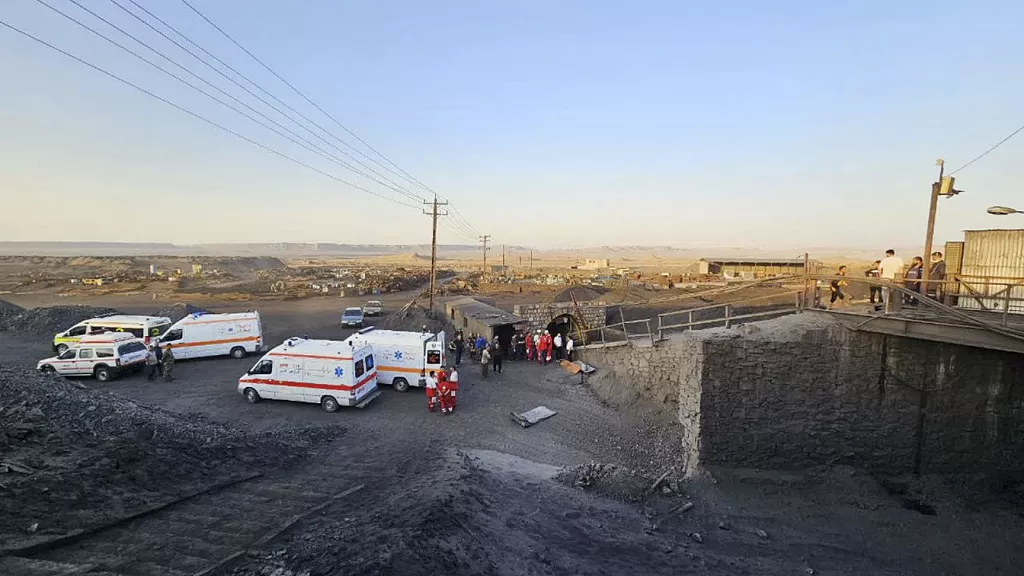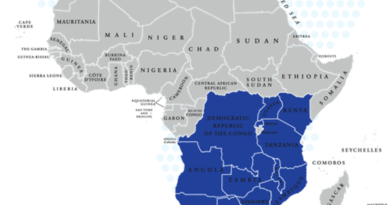At least 50 killed in coal mine blast in Iran
An explosion in a coal mine in eastern Iran killed at least 51 workers and injured over a dozen others, officials said Sunday, marking one of the worst mining disasters in the country’s history as others remained missing hours after the blast.
The blast struck a coal mine in Tabas, about 540 kilometers (335 miles) southeast of the capital, Tehran, on Saturday night. By Sunday, weeping miners stood alongside mine cars that brought up the bodies of their colleagues, all covered in coal dust.
Around 70 people had been working at the time of the blast. State television later said that 17 were believed to be trapped at a depth of 200 meters (650 feet) down a 700-meter (2,300-foot) tunnel. However, figures kept changing throughout Sunday regarding the disaster in the rural area with some reports suggesting the death toll was higher.
Authorities blamed the blast on a leak of methane gas. Such gases are common in mining, though modern safety measures call for ventilation and other measures to protect workers.
It wasn’t immediately clear what safety procedures were in place at the privately owned Mandanjoo Co., which operated the Tabas Parvadeh 5 mine. The firm could not be reached for comment Sunday.
But Iran’s mining industry has been struck by disasters before. In 2017, a coal mine explosion killed at least 42 people.
In 2013, 11 workers were killed in two separate mining incidents. In 2009, 20 workers were killed in several incidents. Lax safety standards and inadequate emergency services in mining areas were often blamed for the fatalities.
Oil-producing Iran is also rich in a variety of minerals. Iran annually consumes around 3.5 million tons of coal, but only extracts about 1.8 million tons from its mines per year. The rest is imported, often consumed in the country’s steel mills.



